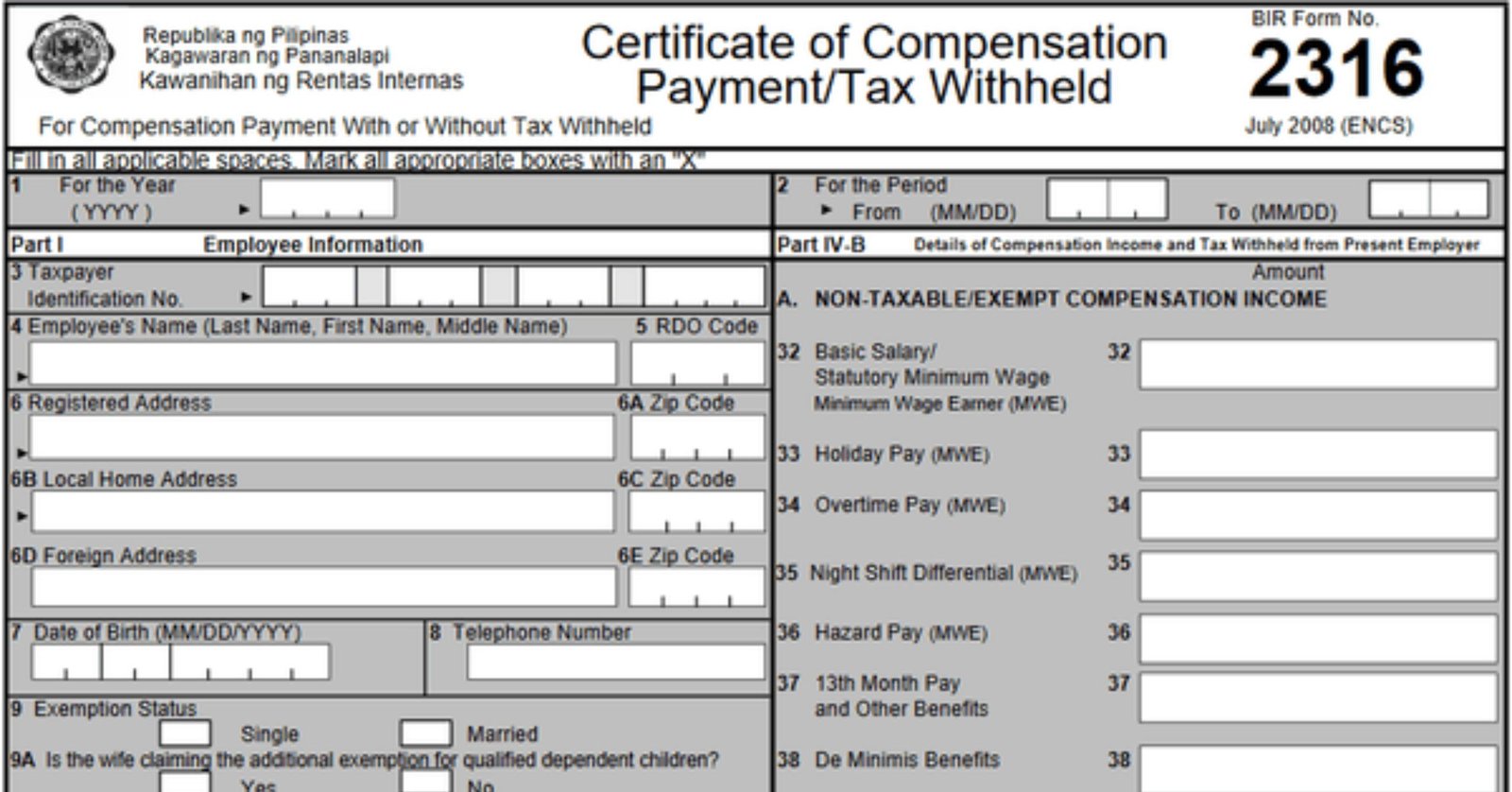The business world is evolving, and so are the challenges. One key issue today is managing employee data efficiently. Many businesses struggle with keeping track of payroll, attendance, and performance evaluations. This is where an HRIS comes in as the ultimate solution. In this blog, we’ll break down what HRIS is, its benefits, and how it simplifies human resource management.
What is HRIS?
HRIS, or Human Resource Information System, is software designed to manage HR tasks in one place. It helps track employee data, manage payroll, and even plan workforce strategies. If you’ve ever felt buried in paperwork, an human resource information system is like having a digital assistant that organizes everything for you.
HRIS, HRMS, and HCM: What's the Difference?
To choose the right system for your business, it’s essential to understand the differences between HRIS, HRMS, and HCM. While these terms are often used interchangeably, they represent different levels of functionality in human resource management software.
HRIS: Human Resource Information System
Definition: Human resource information system is a digital solution designed to store and manage employee data. It focuses on record-keeping and basic HR processes.
Key Features:
- Centralized database for storing personal and job details.
- Time-off and attendance tracking.
- Payroll and tax management.
- Basic reporting tools for compliance purposes.
Purpose: It simplifies the management of essential HR tasks and ensures all employee data is securely stored in one system.
HRMS: Human Resource Management System
Definition: HRMS expands on human resource information system by offering tools for managing broader HR functions, such as recruitment, performance, and training.
Key Features:
- Includes all HRIS features.
- Recruitment and onboarding tools.
- Performance management for appraisals and goal tracking.
- Training and development modules to enhance employee skills.
- Benefits administration for managing employee perks and insurance.
Purpose: HRMS provides a more comprehensive approach to HR management by addressing both administrative and talent-related processes.
HCM: Human Capital Management
Definition: HCM takes HRMS to the next level by focusing on strategic workforce planning and aligning HR strategies with business goals.
Key Features:
- Includes all HRIS and HRMS features.
- Workforce analytics for tracking trends and making data-driven decisions.
- Succession planning to identify and prepare future leaders.
- Strategic workforce planning to align talent with company goals.
- Employee engagement tools, such as surveys and feedback systems.
Purpose: HCM emphasizes the strategic development and utilization of employees to drive organizational success.
All three aim to streamline HR tasks, but human resource information system is often the most common starting point for businesses.
What is an HRIS System? The Two Pillars
An HRIS system operates on two key pillars:
Organizational Design and HRIS
An HRIS plays a vital role in enhancing organizational design. It provides HR teams with a clear understanding of the company’s structure by tracking roles, responsibilities, and reporting lines. This visibility makes it easier to spot inefficiencies or gaps in the organization. For instance, HR can quickly identify departments that are understaffed or roles that overlap. By addressing these areas, businesses can create a smoother workflow and improve overall efficiency.
Employee Data Management
Managing employee data becomes effortless with an human resource information system. Instead of searching through piles of files or endless spreadsheets, HR professionals can access all employee information in one place. Whether you need contact details, attendance records, or salary history, an HRIS organizes this data and makes it easy to retrieve in seconds. This streamlined access not only saves time but also reduces the risk of errors, ensuring accurate and up-to-date employee information.
HRIS Features and Functions
Here are some common features of an HRIS:
- Payroll Management: Calculates salaries and deductions automatically.
- Time Tracking: Tracks attendance and working hours.
- Benefits Administration: Manages employee benefits like health insurance.
- Recruitment Tools: Helps HR teams hire the best talent.
- Performance Reviews: Tracks employee growth and feedback.
These features make HR tasks smoother and stress-free.
What Are the Benefits of Having HRIS?
An HRIS isn’t just a fancy tool; it offers real benefits, including:
- Time Savings: Automating tasks saves hours of manual work.
- Accuracy: Reduces errors in payroll and data entry.
- Improved Compliance: Keeps records organized for audits.
- Employee Satisfaction: Gives employees access to their data via self-service portals.
- Scalability: Grows with your business as it expands.
Considerations on Choosing the HRIS
Before investing in an HRIS, think about these points:
- Company Size: Some HRIS systems work better for small businesses, while others suit large corporations.
- Budget: Make sure the software fits your financial plan.
- Features Needed: List your must-have features, like payroll or performance tracking.
- Ease of Use: Choose a system that is simple to navigate.
- Customer Support: Reliable support ensures smooth implementation and usage.
Key Takeaways
An HRIS simplifies HR tasks, reduces errors, and saves time. It is especially useful for managing employee data and automating processes like payroll. By understanding the basics of HRIS and its benefits, you can make informed decisions for your organization. Always choose a system that fits your company’s size, needs, and budget.
If you’re struggling with HR tasks, consider adopting an HRIS. It’s a practical, cost-effective solution to make your work life easier.









